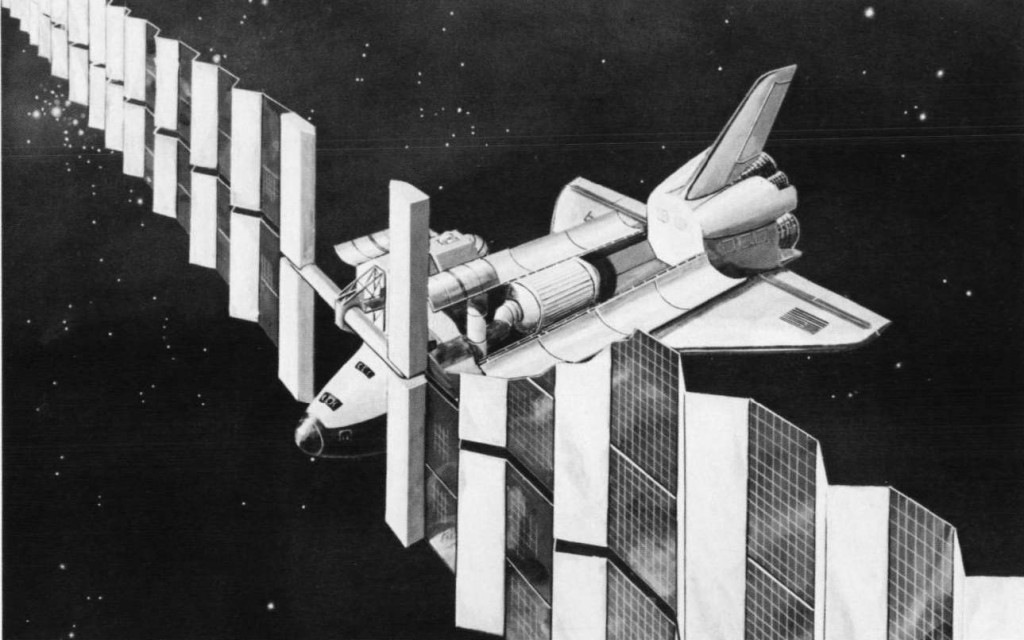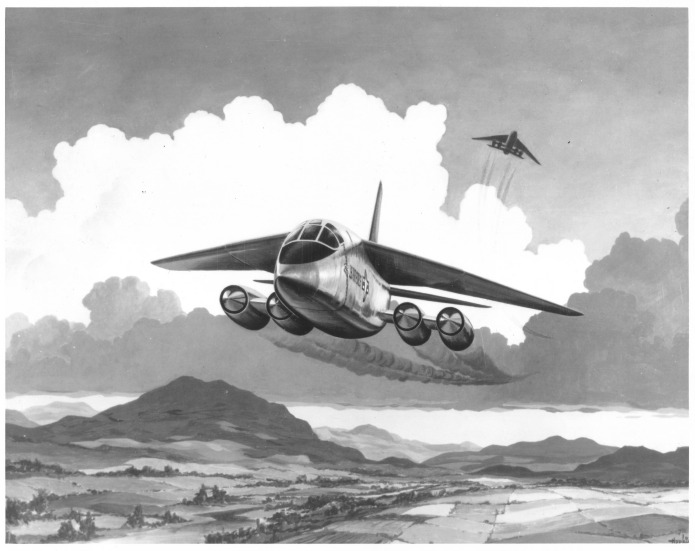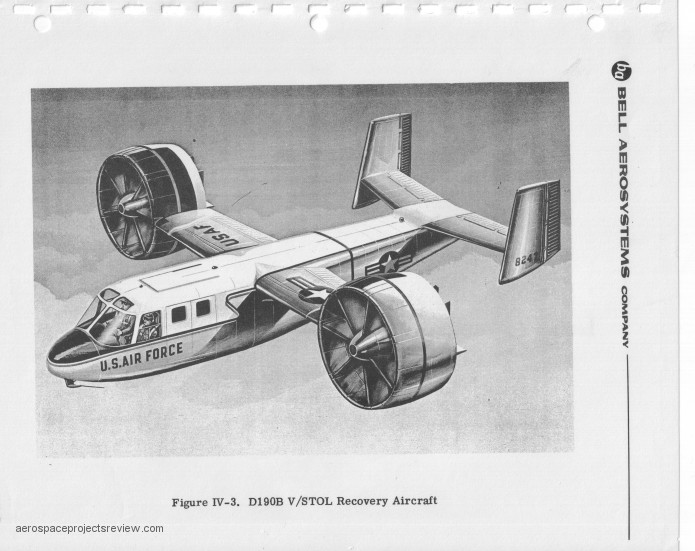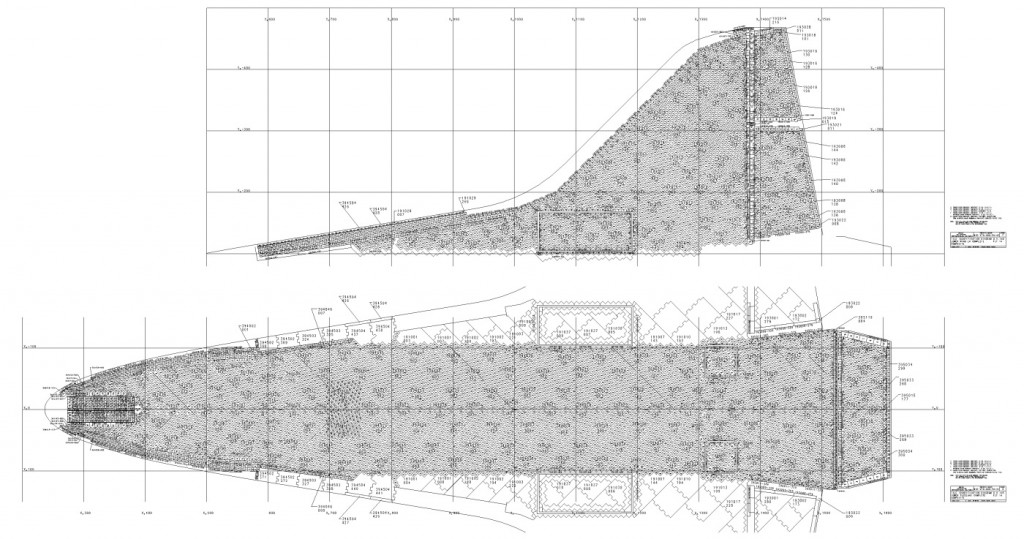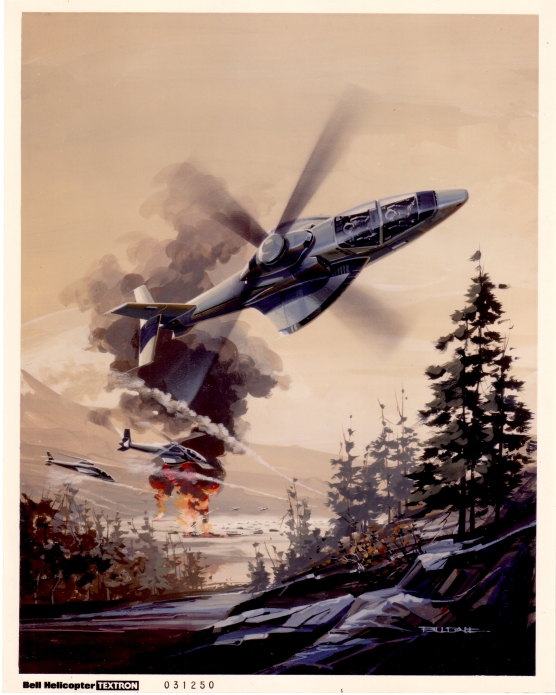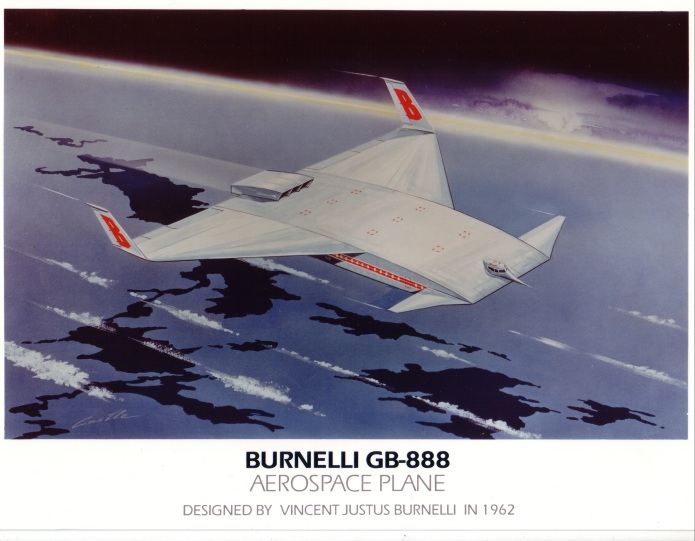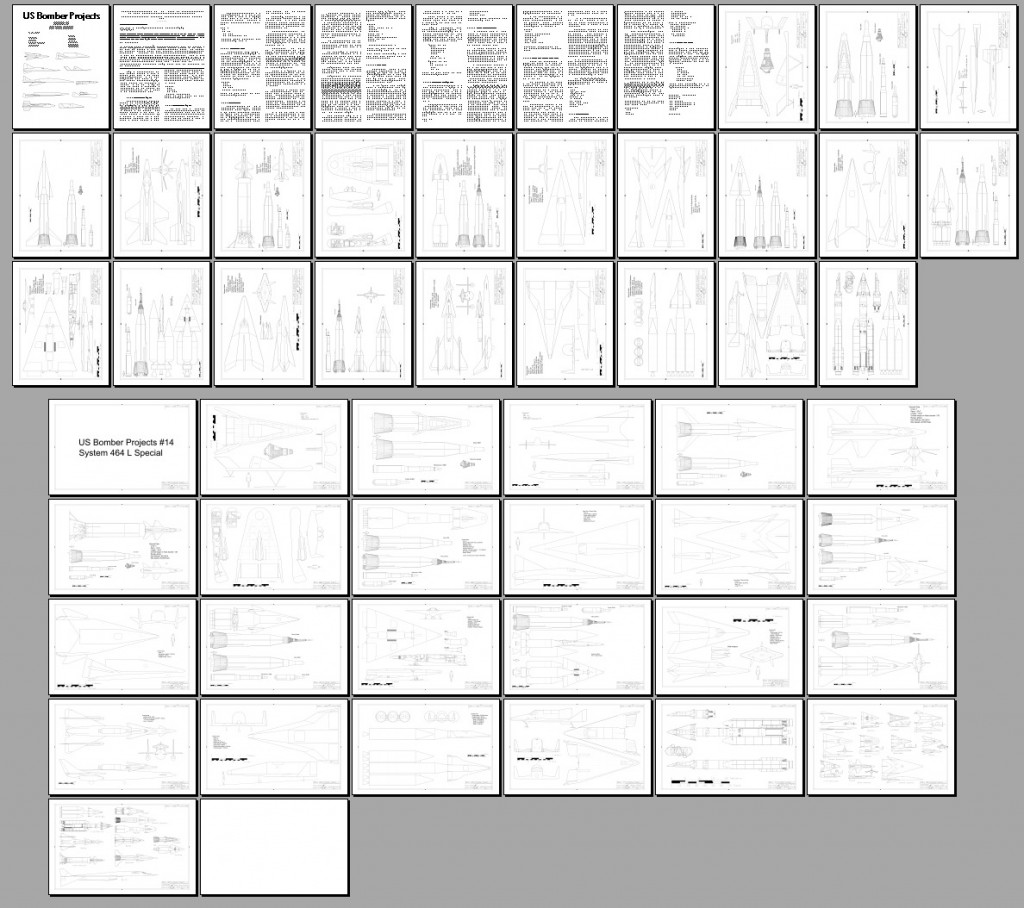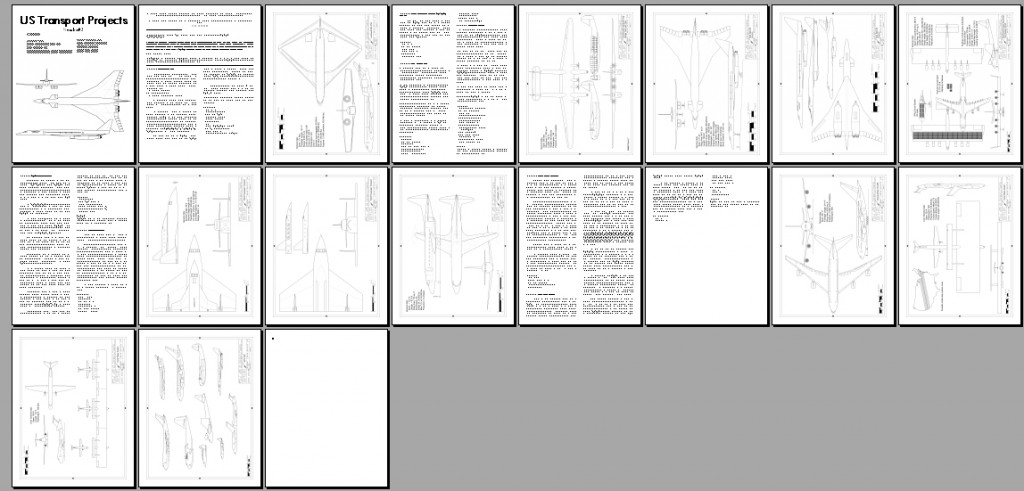A 1977 illustration from Rockwell depicting a Shuttle orbiter docked to an experimental solar power station. Large as it is, this would be a very tiny demonstrator of the sort of technologies needed for large-scale solar power satellites. The configuration shown here uses “troughs” with photovoltaic cells in the bases, with angles walls formed from, essentially, aluminum foil. These would serve as cheap, lightweight reflectors. The end result would be that more or less all of the sunlight impinging upon the cross sectional area of the array would be intercepted by PV cells,even though PV cells only make up a fraction of the total area. Since aluminum foil would be a lot cheaper and lighter than PV cells – and PV cells tend to work slightly more efficiently at higher insolation levels – this sort of arrangement was considered an important contender.
